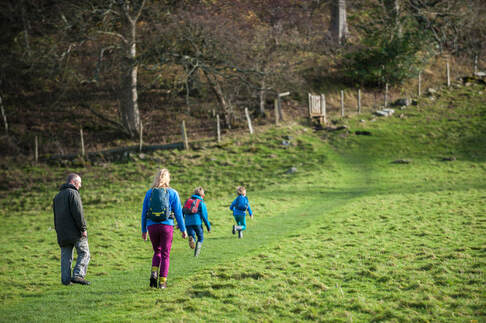 Image by Paul Harris
Image by Paul Harris Spending time among the green scenery and fresh air of the Yorkshire Dales feels good, but what effect does it actually have on well-being?
Scientific studies have shown the many positive benefits of being outdoors and enjoying nature.
If you need an excuse/reason to leave your desk or encourage your family to spend time in the Dales, here are a few to choose from!
Researchers at the University of Essex found that after exercising outside:
- 3/4 people feel less miserable and tense
- 2/3 people are in a better mood
- 2/3 people have better self-esteem
A university of Michigan study found that people who spent time outside were more able to solve creative problems, and that the solutions were more practical.
Stanford University researchers found that creativity improved by an average of 60% when walking.
Green spaces are good for human well-being. It's proven that you can reduce anxiety by gazing at pleasant scenery, enjoying the changing seasons and nature's small surprises. Turning to nature brings instant relief from the hustle and bustle of daily life. It helps still the mind, adds perspective and conveys a sense of wonder.
It's been found that patients who have a nature view, such as a garden, stay in hospital for less time and require less medication. Natural sounds such as bird song have calming effects.
Large scale surveys have found that spending time outdoors is particularly good for children:
- It's fun and helps children build secure and happy memories
- Doing simple things like building dens helps children problem solve and co-operate with each other. They learn to assess and understand risks, and overcome challenges
- Children can explore, and use all their senses to understand the natural world, As they see the seasons change and nature develop, they also become more comfortable with change.
- There's a sense of freedom outdoors that can't be replicated inside, with endless opportunities for creativity, imagination and improved fitness. We tend to be less inhibited outside and more willing to join in activities.
- When we play outside, however we do it, we become more absorbed, motivated, purposeful and positive.

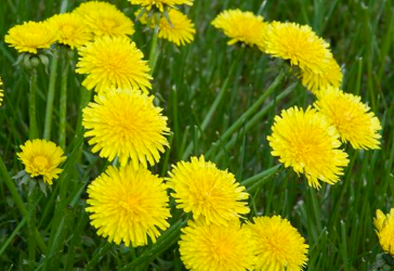
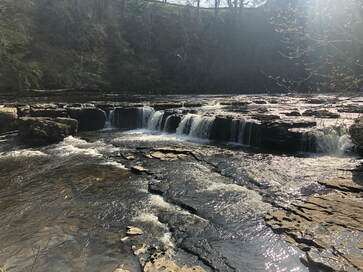

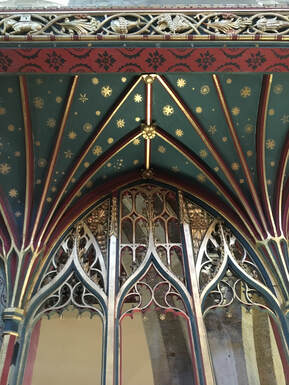
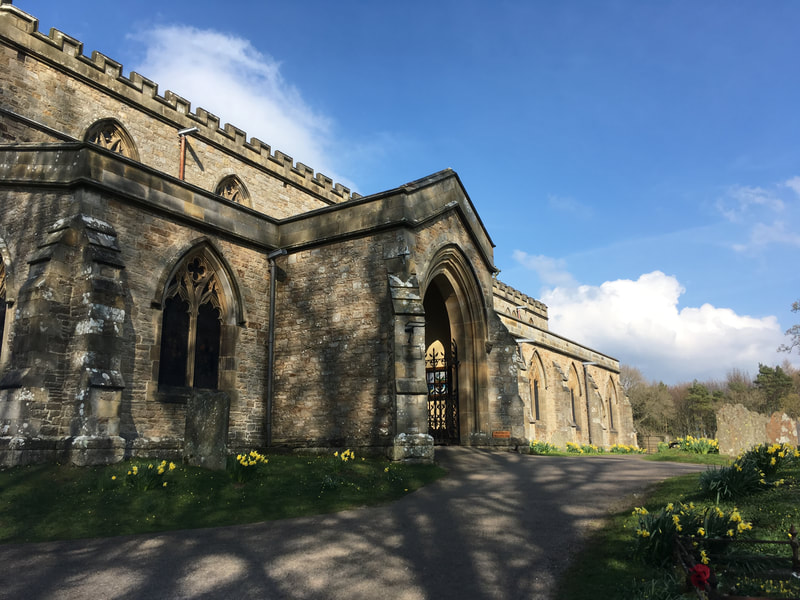
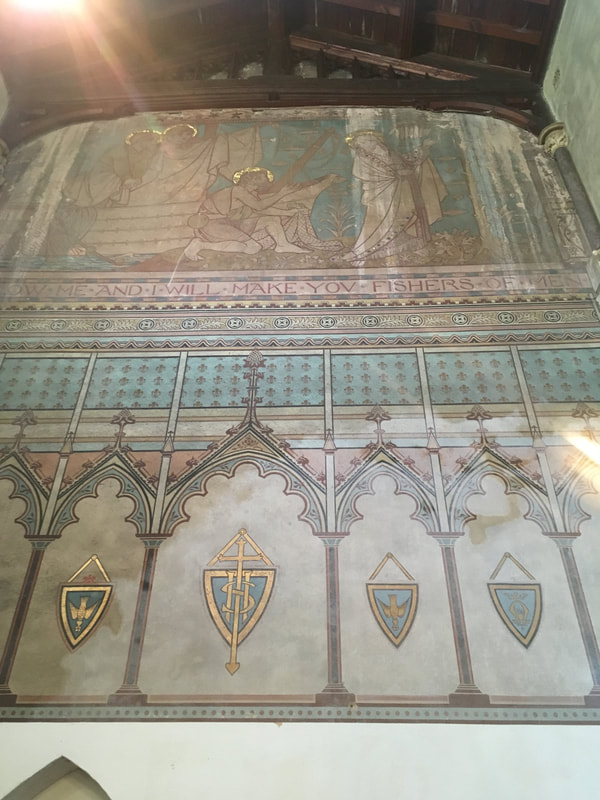

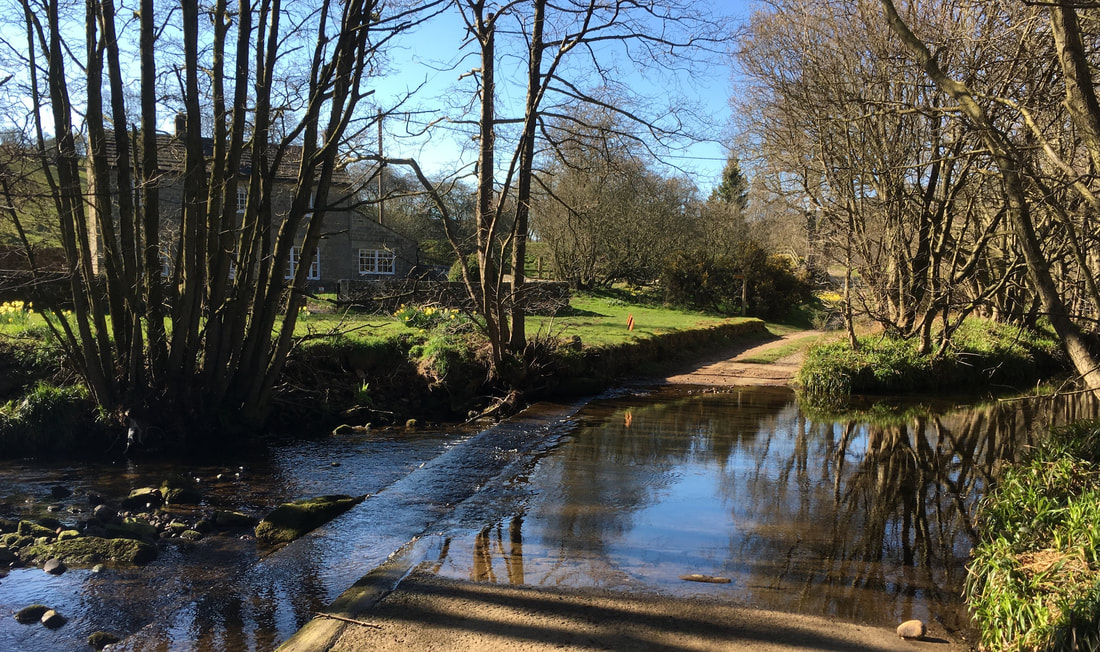
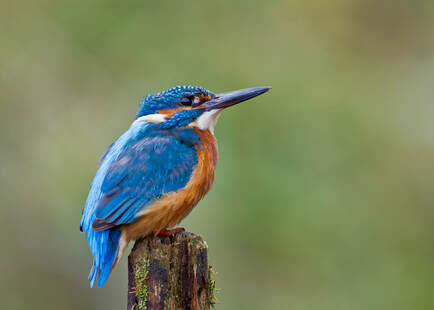
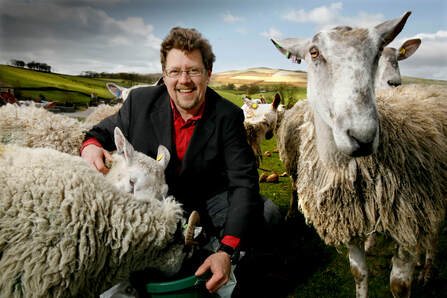
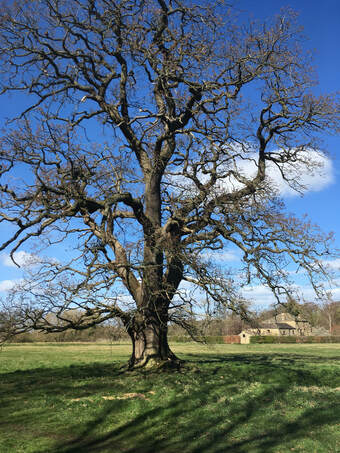
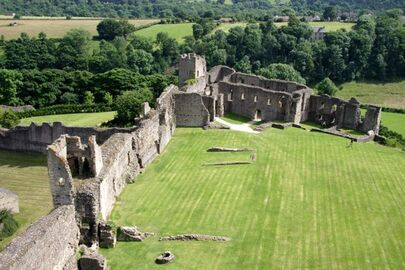
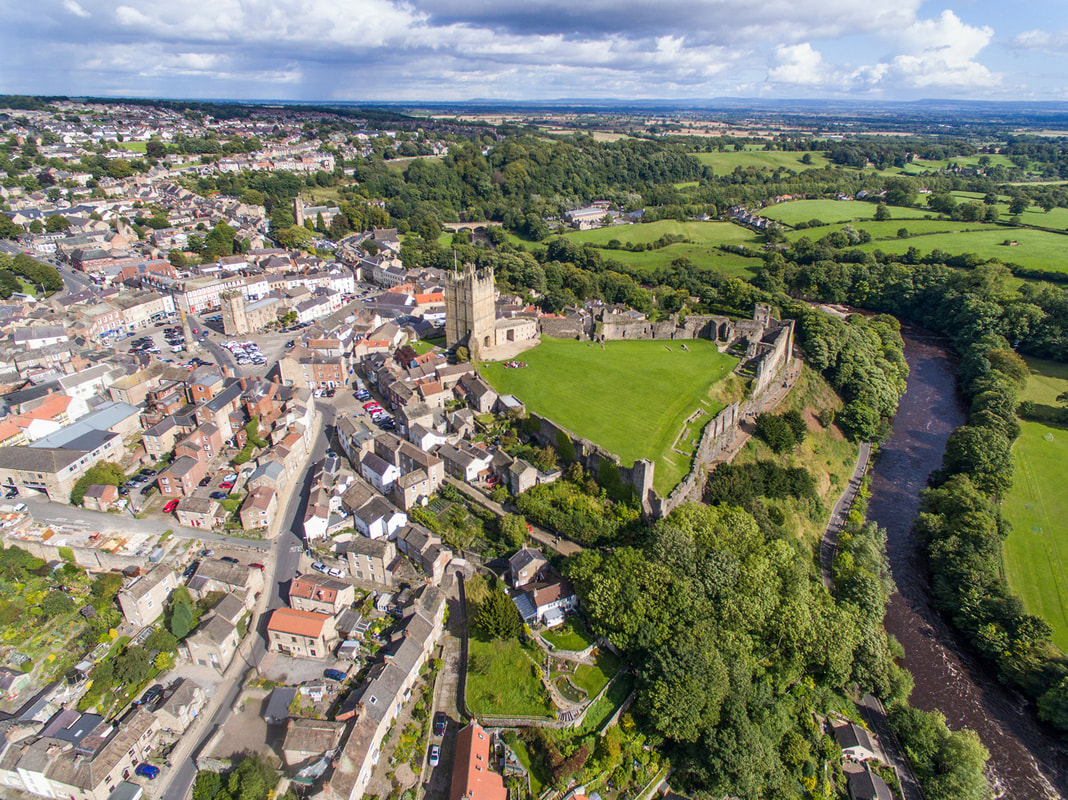

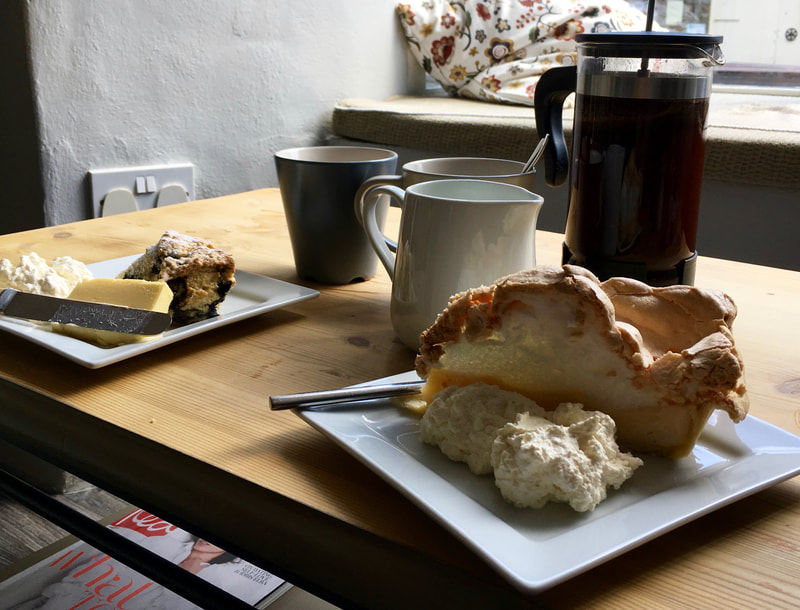
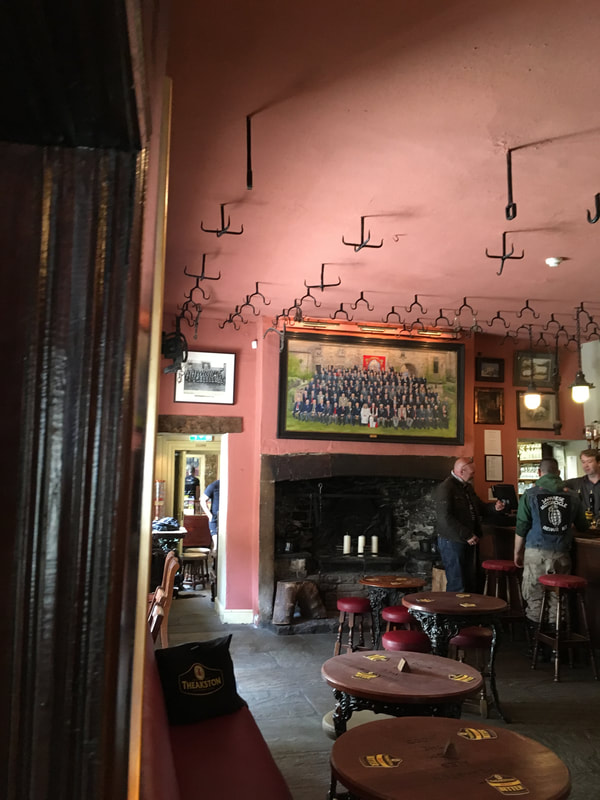
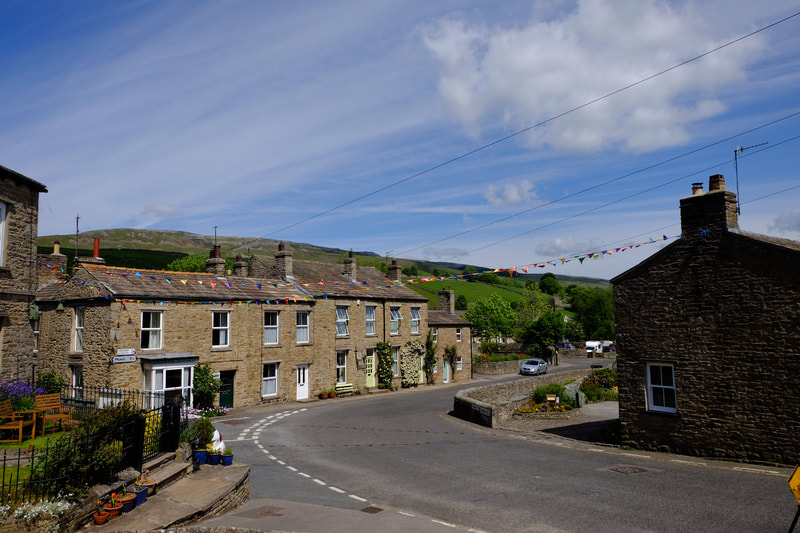
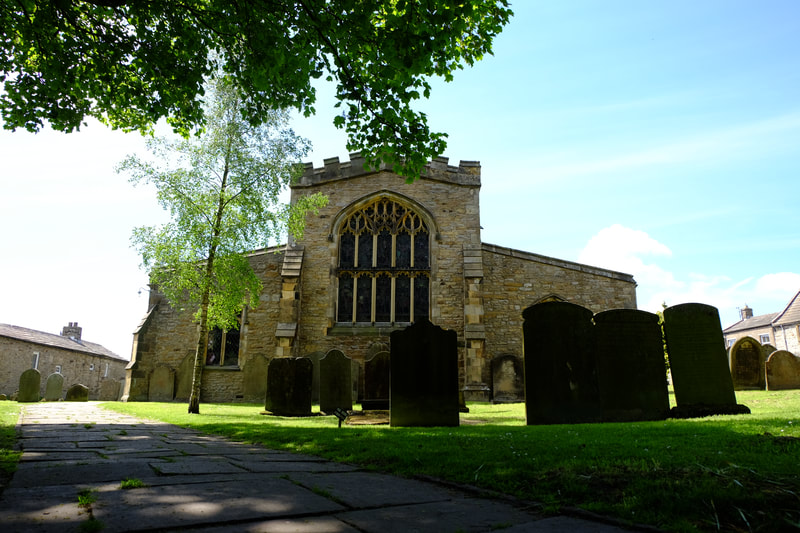
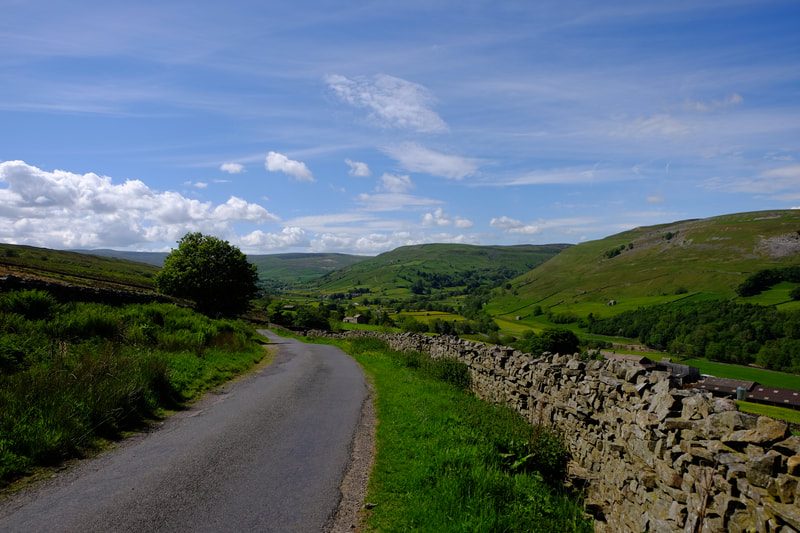
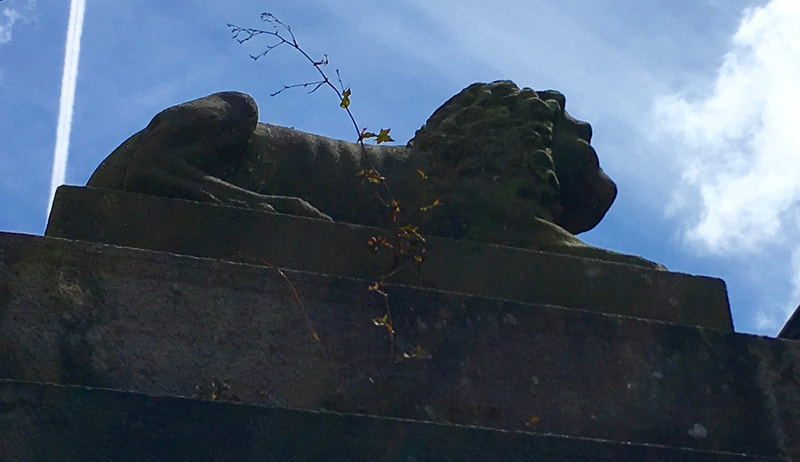
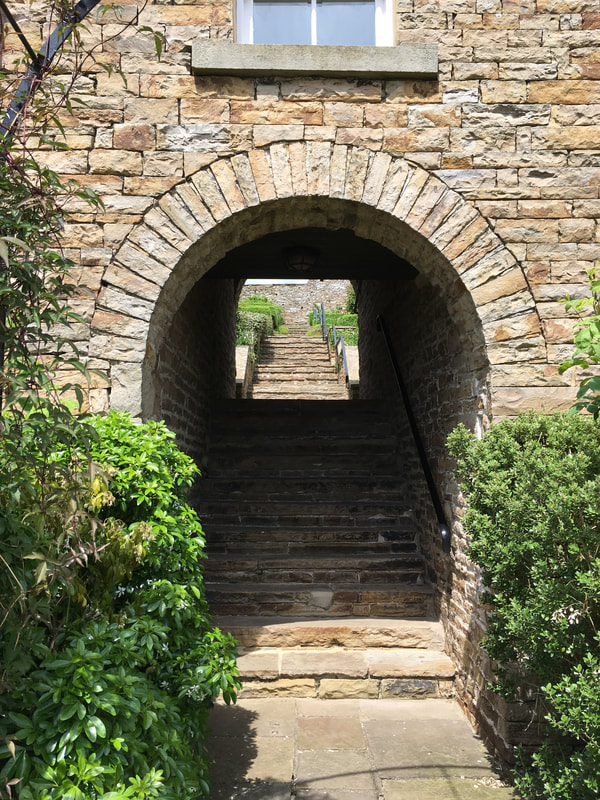
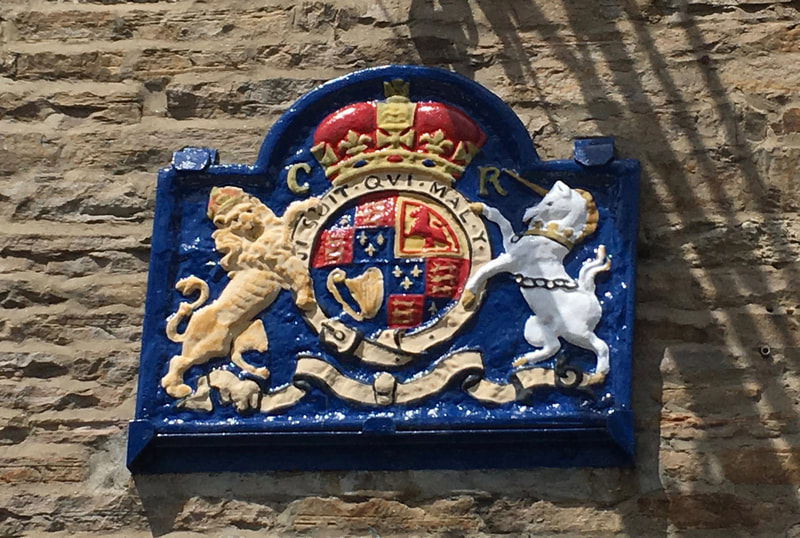
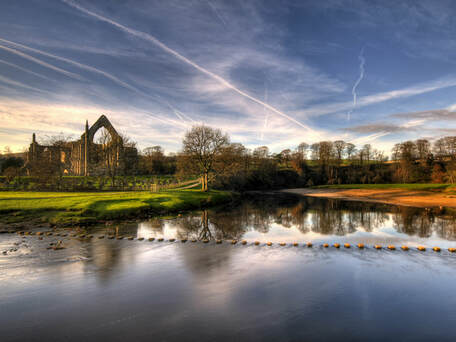
 RSS Feed
RSS Feed
